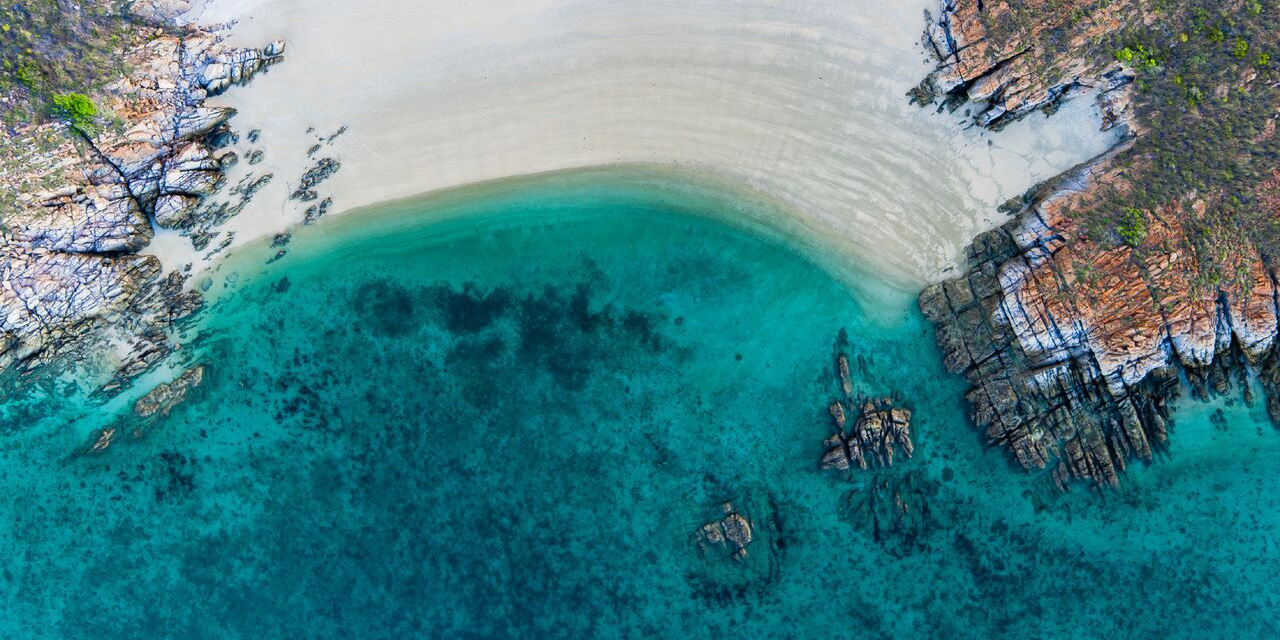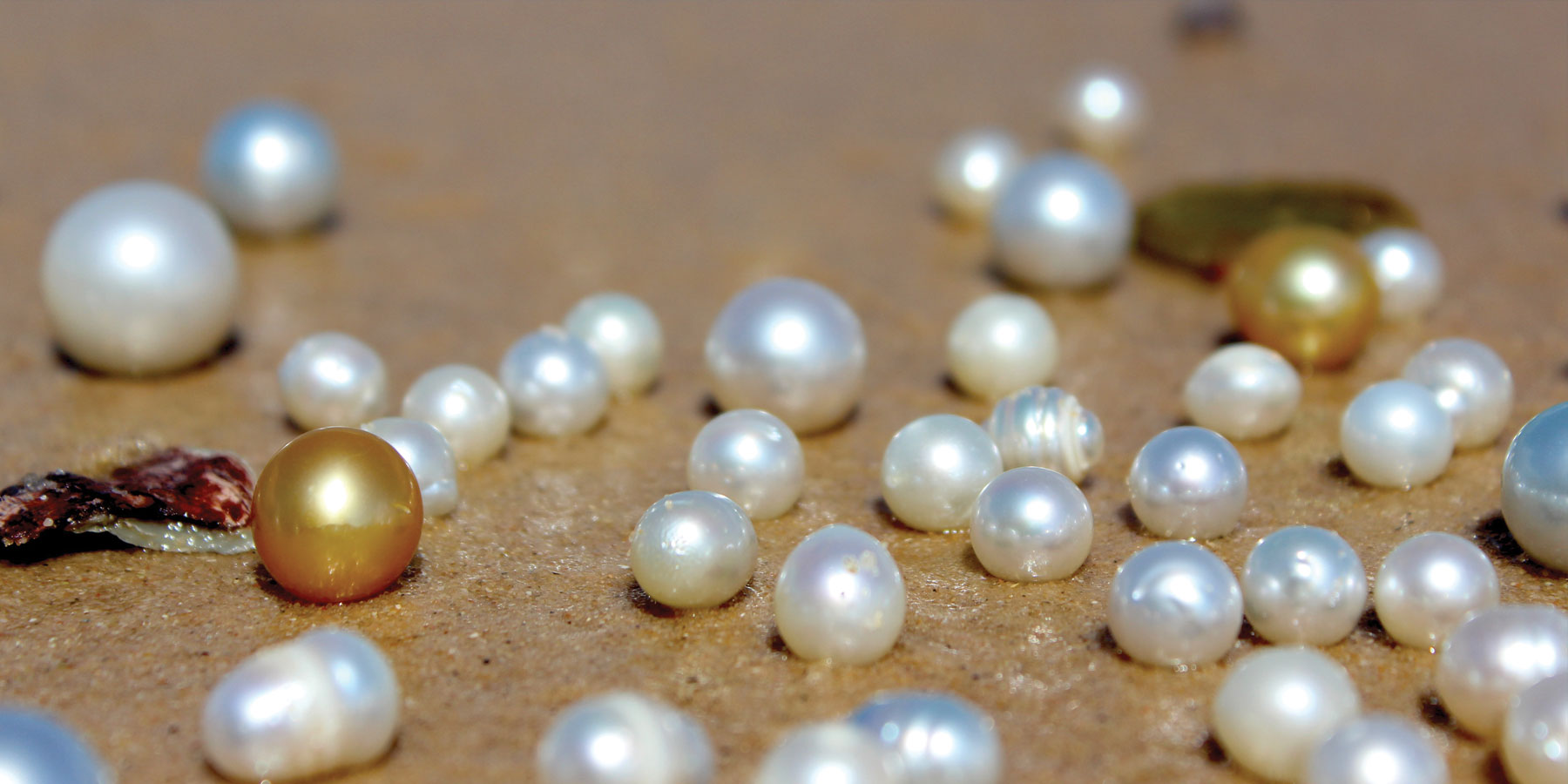Pinctada maxima
Australian South Sea Pearls are cultured in the Silver-lipped or Pinctada maxima Pearl Oyster.
Australian south sea pearl (Pinctada maxima) oysters are large dinner plate sized sessile solitary oysters that are distributed randomly on the seabed. The combination of optimal geological and ecological factors at Eighty Mile Beach which combine to produce unique living conditions that are ideal for P. maxima oysters, has enabled the pearling industry to sustainably utilise the stocks of P. maxima oysters that exist nowhere else in the world with such abundance as to support a commercial harvest.
To produce a quality Australian South Sea Pearl, A wild harvested P. maxima pearl oyster must be carefully reared for at least two years in the clean, nutrient rich tropical waters of North-Western Australia, using reliable husbandry systems. P. maxima pearl oysters that are reared in Australia produce higher quantities of pearl making pallial fluid which is the natural substance which contains the constituent components of nacre which makes Australian South Sea pearls the highest quality and the rarest in the world.




